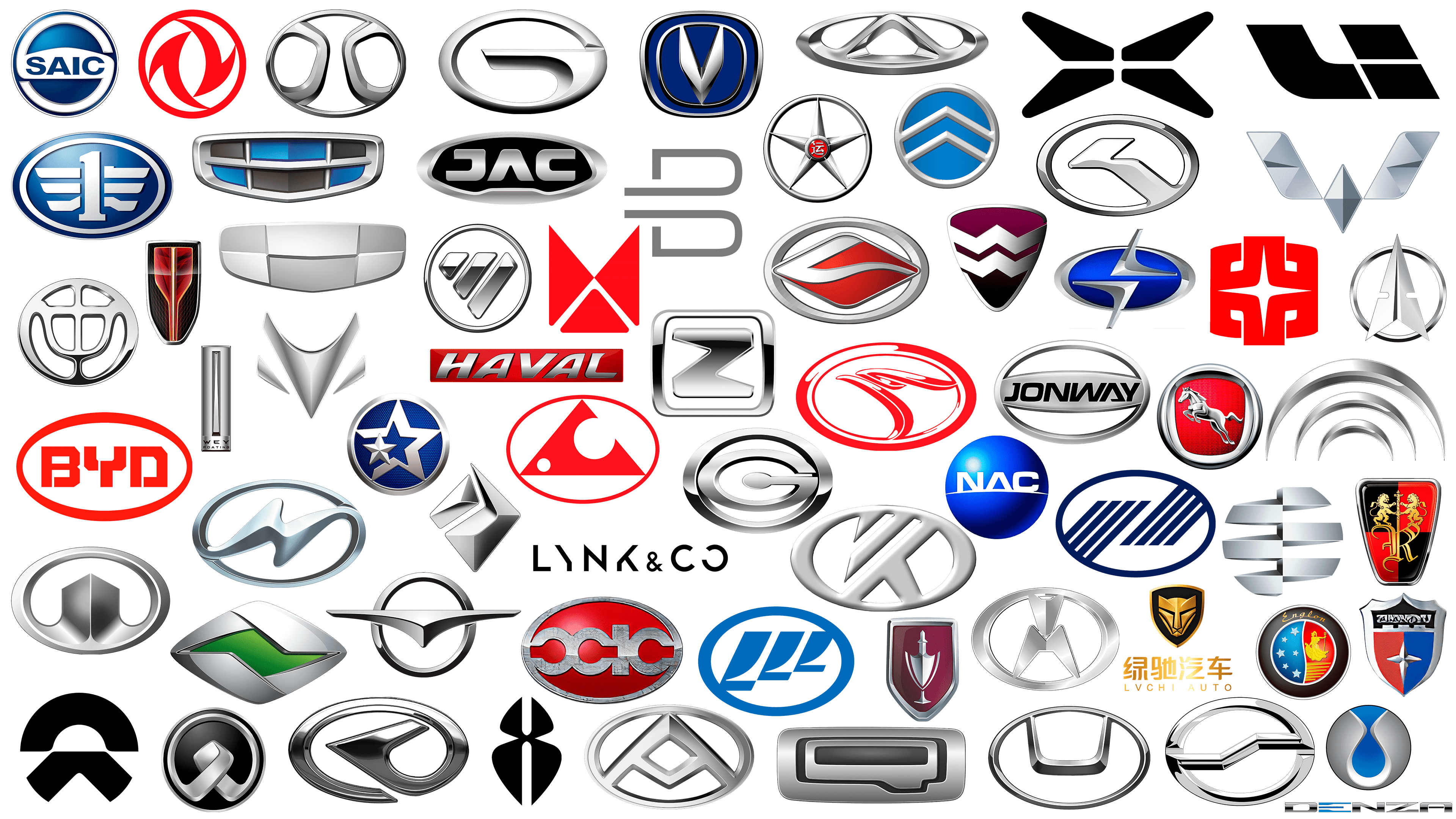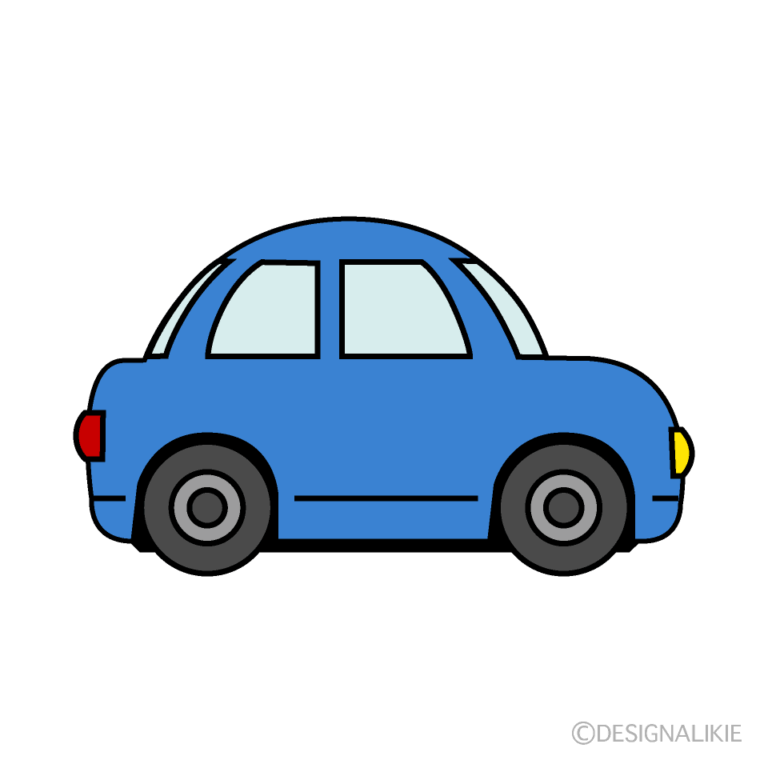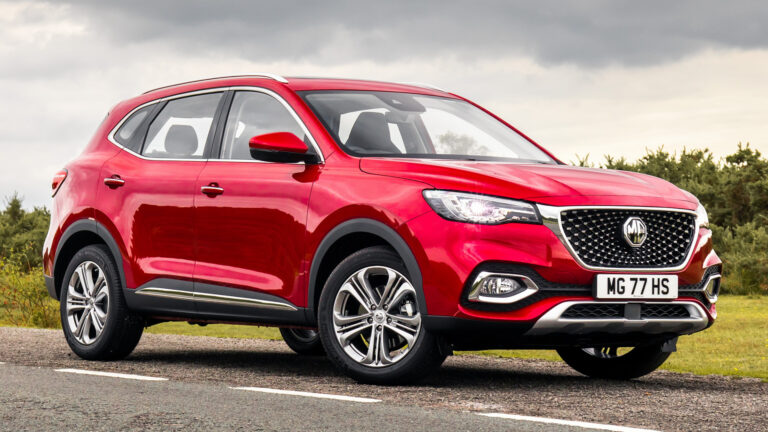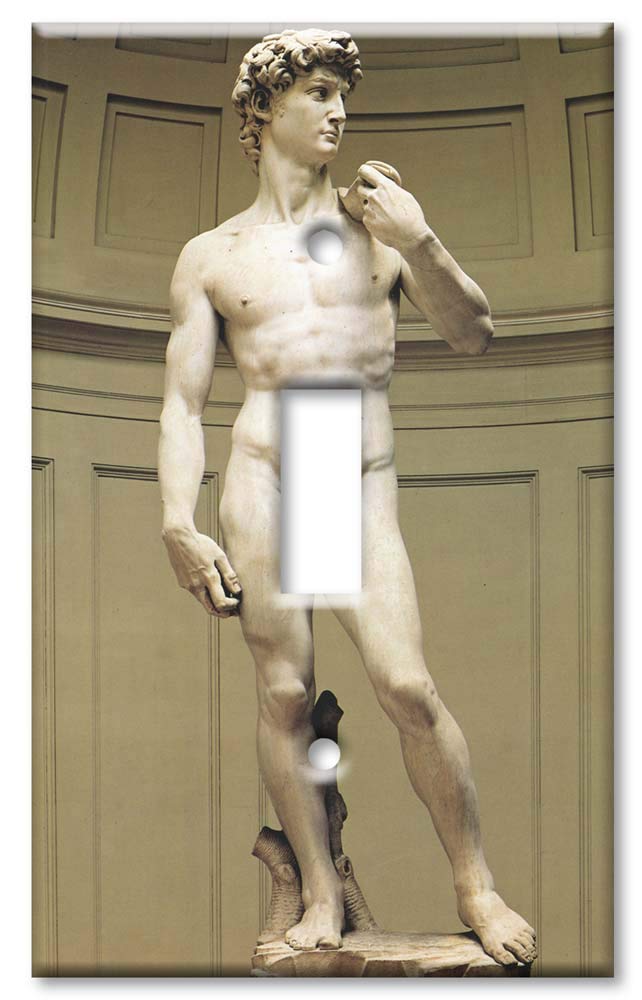How Much Is A Brand New Car? A Comprehensive Guide to Understanding the True Cost
How Much Is A Brand New Car? A Comprehensive Guide to Understanding the True Cost cars.truckstrend.com
The allure of a brand-new car is undeniable: the fresh scent of the interior, the pristine paint job, the latest technology, and the peace of mind that comes with a full warranty. But before you get swept away by the gleaming chrome and sleek lines, a crucial question looms large: "How much is a brand new car?" The answer, as you’ll soon discover, is far more complex than a single sticker price. It’s a multifaceted figure influenced by a myriad of factors, from the vehicle’s make and model to hidden fees and financing costs.
Understanding the true cost of a new car is paramount for any prospective buyer. It’s not just about the monthly payment; it’s about the total financial commitment that impacts your budget for years to come. This comprehensive guide will peel back the layers, demystifying the pricing structure of new vehicles, uncovering hidden expenses, and equipping you with the knowledge to make an informed and financially sound purchase.
How Much Is A Brand New Car? A Comprehensive Guide to Understanding the True Cost
Deconstructing the Sticker Price: MSRP, Invoice, and Actual Cost
When you first look at a new car, your eyes will likely be drawn to the Monroney sticker, often called the "sticker price." But what do these numbers really mean?
- Manufacturer’s Suggested Retail Price (MSRP): This is the price the manufacturer recommends the dealership sell the vehicle for. It includes the base price of the car, any factory-installed options, and the destination charge (freight fee). The MSRP is a starting point for negotiations, but rarely the final price you’ll pay.
- Invoice Price: This is theoretically what the dealership paid the manufacturer for the car. It’s usually a few percentage points below the MSRP. While it’s a good benchmark for negotiation, remember that dealerships often receive holdbacks (a percentage of the MSRP paid back by the manufacturer) and other incentives, meaning their true cost is often even lower than the invoice price.
- Actual Transaction Price (ATP): This is the price you actually agree to pay for the car before taxes, registration, and other fees are added. This is the result of your negotiation with the dealer and will fall somewhere between the invoice price and the MSRP, depending on market conditions, demand, and your negotiation skills.

Key Factors Influencing a New Car’s Price
The price tag on a new car isn’t arbitrary; it’s a complex calculation based on numerous variables. Understanding these factors will help you gauge what you’re truly getting for your money.
- Make and Model: This is the most obvious differentiator. A luxury sedan from a premium brand will inherently cost significantly more than a compact economy car. Brands like BMW, Mercedes-Benz, Audi, and Lexus command higher prices due to their reputation, engineering, and feature sets, while brands like Kia, Hyundai, and Honda offer more budget-friendly options.
- Trim Level and Options: Most car models come in various trim levels (e.g., base, sport, luxury, touring). Each trim level adds more features, better materials, and advanced technology, progressively increasing the price. Beyond trims, individual options like sunroofs, premium audio systems, specialized paint colors, and larger wheels can quickly add thousands to the total.
- Engine Type and Powertrain: The choice between a standard gasoline engine, a hybrid, a plug-in hybrid (PHEV), or a fully electric vehicle (EV) significantly impacts the price. EVs and PHEVs often have higher upfront costs but offer potential savings on fuel and maintenance, along with possible government incentives. Engine size and transmission type (manual vs. automatic) also play a role.
- Technology and Safety Features: Modern cars are packed with advanced driver-assistance systems (ADAS) like adaptive cruise control, lane-keeping assist, automatic emergency braking, and blind-spot monitoring. While these enhance safety and convenience, they come at a cost, often bundled into higher trim levels or optional packages.
- Market Demand and Supply: Like any product, a car’s price can fluctuate based on its popularity and availability. High-demand models with limited supply (e.g., popular SUVs, new EV releases) may sell closer to or even above MSRP, while less popular or outgoing models might see significant discounts.
- Geographic Location: Sales tax rates vary significantly by state, and some local municipalities also impose additional taxes or fees. Furthermore, regional demand or supply issues can affect pricing from one dealership to another, even within the same state.
- Time of Year/Sales Events: Dealerships often offer incentives and discounts towards the end of the month, quarter, or year as they strive to meet sales quotas. New model year introductions also trigger discounts on the outgoing model year vehicles. Black Friday, Memorial Day, and Labor Day sales are also common times for promotions.


Beyond the Sticker: Hidden Costs and Fees
The sticker price is just the beginning. Several additional charges are added before you drive off the lot, significantly increasing the "out-the-door" price.
- Sales Tax: This is a percentage of the car’s purchase price, mandated by your state or local government. It can add hundreds or even thousands of dollars depending on your location and the car’s cost.
- Registration and Licensing Fees: These are fees paid to your state’s Department of Motor Vehicles (DMV) to register the vehicle in your name and obtain license plates. These are typically annual fees but are paid upfront for a new purchase.
- Documentation Fees (Doc Fees): This fee covers the dealership’s administrative costs for preparing sales paperwork, title applications, and other legal documents. Doc fees vary widely by state and dealership, ranging from under $100 to over $800. While generally non-negotiable once set by the dealer, you should be aware of them.
- Destination Charge (Freight Charge): This fee covers the cost of transporting the vehicle from the factory to the dealership. It’s set by the manufacturer, is non-negotiable, and is included in the MSRP.
- Advertising Fees: Sometimes, dealerships add a separate "ad fee" to cover their local advertising costs. This is often negotiable and should be questioned.
- Dealer-Installed Options: Be wary of pre-installed items like paint protection, fabric protection, pinstripes, or nitrogen in tires that the dealer adds without your explicit request. These are high-profit items for the dealership and are almost always negotiable or can be refused.
- Financing Costs (Interest): If you’re taking out a loan, the interest you pay over the loan term is a significant part of the total cost. A higher interest rate means a higher total payment over the life of the loan.
- Insurance: Before you can drive off the lot, you’ll need proof of insurance. The cost of car insurance varies based on the vehicle, your driving record, location, and coverage choices. While not part of the purchase price, it’s a mandatory ongoing cost.
How to Research, Budget, and Negotiate for Your New Car
Armed with knowledge of pricing components, you can now approach the car-buying process strategically.
Research and Budgeting
- Define Your Needs and Wants: Determine the type of vehicle that fits your lifestyle, family size, commute, and budget.
- Set a Realistic Budget: Don’t just think about the monthly payment. Calculate your total "out-the-door" price, including taxes, fees, and potential interest. Use online calculators to estimate total cost of ownership (fuel, insurance, maintenance).
- Research Vehicle Pricing: Utilize online resources like Kelley Blue Book (KBB.com), Edmunds.com, and the manufacturer’s official websites. These sites provide MSRP, estimated invoice prices, and average transaction prices in your area. They also allow you to build and price specific configurations.
- Get Pre-Approved for Financing: Before visiting dealerships, get pre-approved for a car loan from your bank or credit union. This gives you a concrete interest rate and loan amount, providing leverage during negotiations and allowing you to compare the dealer’s financing offer.
Negotiation Strategies
- Know Your Target Price: Based on your research, determine a fair "out-the-door" price you’re willing to pay. Focus on this total price, not just the monthly payment.
- Separate Trade-in and Purchase: If you have a trade-in, negotiate the new car’s price first. Once that’s settled, then discuss the value of your trade-in. This prevents dealers from manipulating numbers between the two transactions.
- Be Prepared to Walk Away: This is your most powerful negotiating tool. If the deal isn’t right, be ready to leave. There are always other dealerships and other cars.
- Compare Multiple Dealers: Get quotes from at least 2-3 different dealerships, even if it means traveling a bit. Use competitive quotes to your advantage.
- Beware of Add-ons: Scrutinize the final paperwork for unnecessary add-ons or inflated prices for services you don’t need or want (e.g., extended warranties, paint protection, VIN etching).
Illustrative Price Table: Estimated New Car Costs
It’s impossible to list every car’s price, but this table provides estimated ranges for different vehicle categories, including common additional costs to help you visualize the total "out-the-door" price. These figures are illustrative and can vary widely based on trim, options, location, and market conditions.
| Car Category | Estimated MSRP Range (USD) | Est. Destination Charge (USD) | Est. Sales Tax (5-8% of MSRP) | Est. Registration/License (USD) | Est. Doc Fee (USD) | Estimated "Out-the-Door" Price Range (USD) |
|---|---|---|---|---|---|---|
| Subcompact/Compact Sedan | $20,000 – $28,000 | $1,000 – $1,200 | $1,000 – $2,240 | $100 – $400 | $100 – $800 | $22,200 – $32,640 |
| Mid-size Sedan | $28,000 – $38,000 | $1,100 – $1,300 | $1,400 – $3,040 | $150 – $500 | $100 – $800 | $30,750 – $43,640 |
| Compact SUV | $27,000 – $38,000 | $1,200 – $1,400 | $1,350 – $3,040 | $150 – $500 | $100 – $800 | $29,900 – $43,740 |
| Mid-size SUV | $35,000 – $50,000 | $1,300 – $1,500 | $1,750 – $4,000 | $200 – $600 | $100 – $800 | $38,350 – $56,900 |
| Full-size Pickup Truck | $40,000 – $75,000 | $1,500 – $1,800 | $2,000 – $6,000 | $250 – $700 | $100 – $800 | $43,850 – $84,300 |
| Luxury Sedan/SUV | $55,000 – $90,000+ | $1,500 – $2,000 | $2,750 – $7,200+ | $300 – $1,000+ | $100 – $800 | $59,650 – $101,000+ |
| Electric Vehicle (EV) | $35,000 – $70,000 | $1,300 – $1,500 | $1,750 – $5,600 | $200 – $600 | $100 – $800 | $38,350 – $78,500 |
Note: The "Out-the-Door" price includes the high end of the MSRP range plus the high end of all estimated fees/taxes. Actual prices will vary based on negotiation, specific options, and local rates. Government EV incentives (tax credits, rebates) are not included in this table but can significantly reduce the effective purchase price for eligible vehicles.
Frequently Asked Questions (FAQ)
Q1: Is the MSRP the final price I have to pay for a new car?
A1: No, the MSRP is the Manufacturer’s Suggested Retail Price. It’s a starting point for negotiation. You can often negotiate a price below MSRP, especially for less in-demand models or during sales events.
Q2: What is a "doc fee" and is it negotiable?
A2: A "doc fee" (documentation fee) covers the dealership’s administrative costs for processing paperwork. While the amount can vary significantly by state and dealership, it’s generally a non-negotiable fee once the dealership has set its policy. However, you can negotiate the overall "out-the-door" price to effectively offset this fee.
Q3: When is the best time to buy a new car?
A3: Generally, the best times are at the end of the month, quarter, or year (especially December) when dealerships are trying to meet sales quotas. Holiday weekends (Memorial Day, Labor Day, Black Friday) often feature special promotions. Also, consider buying when a new model year is released, as dealers will be eager to clear out the previous year’s inventory.
Q4: How much down payment do I need for a new car?
A4: While you can sometimes get a loan with no down payment, a 10-20% down payment is generally recommended. A larger down payment reduces your monthly payments, lowers the total interest paid over the life of the loan, and helps you avoid being "upside down" (owing more than the car is worth) early in the loan term.
Q5: What’s the difference between buying and leasing a new car?
A5: When you buy, you own the car outright after paying off the loan. When you lease, you essentially rent the car for a set period (typically 2-4 years) and return it at the end of the term. Leasing usually results in lower monthly payments but comes with mileage restrictions and wear-and-tear clauses. Buying often leads to higher monthly payments but gives you equity and no mileage limits.
Conclusion: Making an Informed Purchase
The question "How much is a brand new car?" doesn’t have a simple, single answer. It’s a dynamic figure influenced by the vehicle’s inherent value, market forces, and a host of additional fees and taxes. Understanding the distinction between MSRP, invoice price, and the true "out-the-door" cost is crucial.
By thoroughly researching models, setting a realistic budget that accounts for all costs, getting pre-approved for financing, and employing smart negotiation tactics, you can navigate the complex world of car buying with confidence. A new car is a significant investment, but with the right knowledge, you can ensure it’s a purchase you’ll be happy with for years to come, without breaking the bank.






